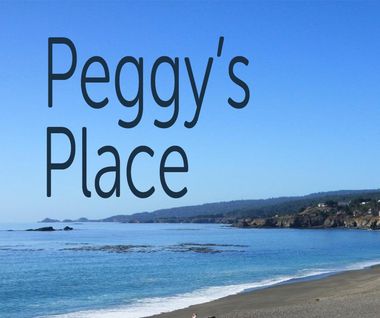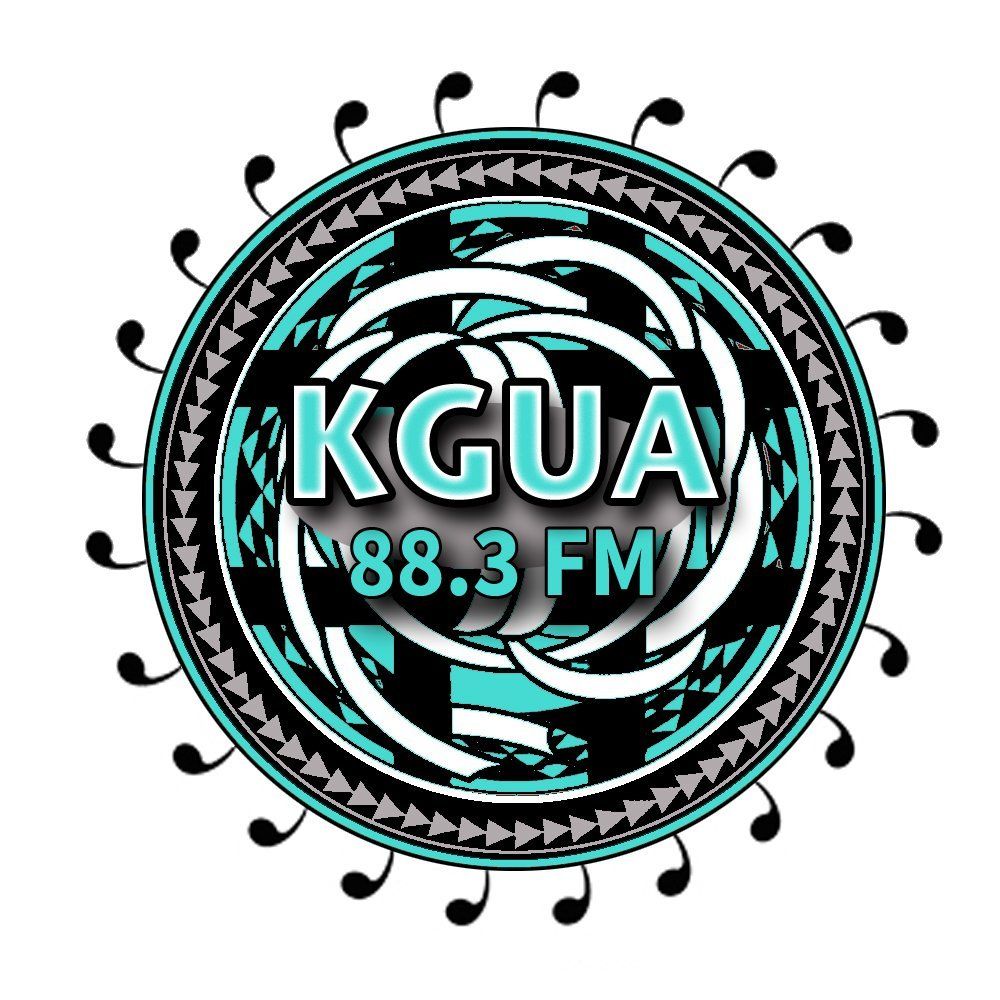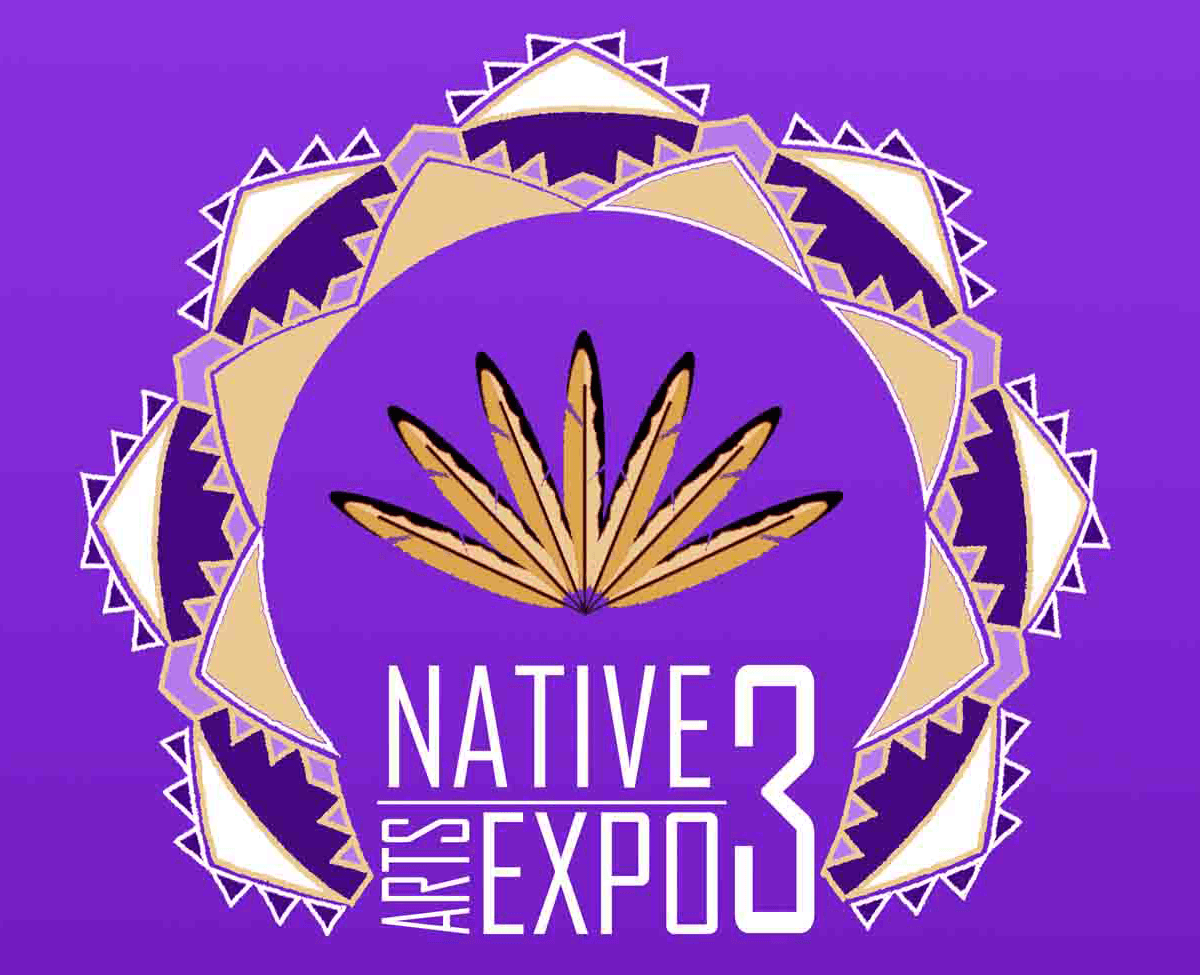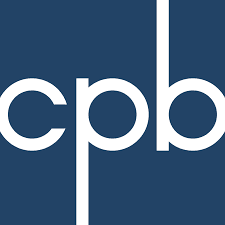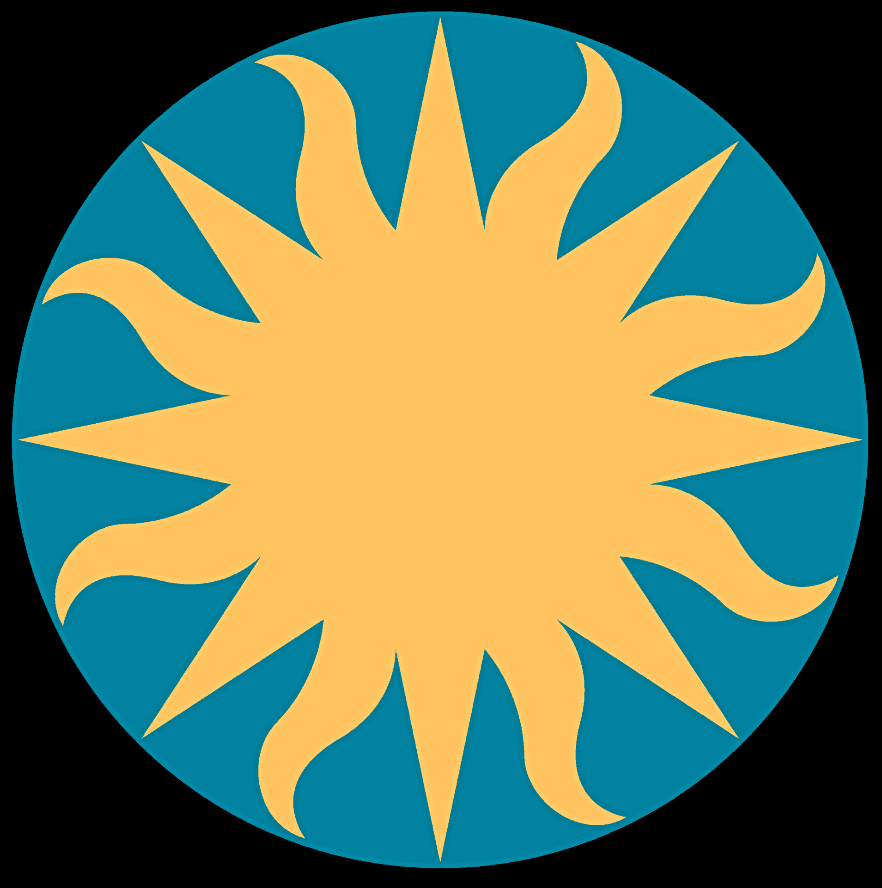ABOUT
Artist statement
My name is Peggy Berryhill, I’m a member of the Muscogee Nation. I’ve been a broadcast journalist for 45 years. It’s a path I believe that the Creator chose for me and to say that I am passionate about it is almost an understatement. I’m also known as “the First Lady of Native Radio.” Today I am the owner and Manager of KGUA 88.3 FM located in Gualala, California.
I am never far from a microphone and camera. I love that technology has shrunk our tools and makes it easier to keep them handy.
Over the years I have collected hundreds of hours of interviews with our Native people from respected elders, activists, politicians, storytellers, wisdom keepers, artists and musicians from many nations and generations.
I’ve collaborated with the Smithsonian Insitutions’ American History Museum, the Smithsonian Insitutions’ National Museum of the American Indian, the Autry, and numerous Indian organizations. I’m the only Native person to have worked full time as a Producer at NPR,
My work has garnered a wall full of awards. These days I seem to be collecting “Lifetime Achievement Awards” but my life is far from over. There will always be stories to be shared.
When I began writing and producing radio in the 1970’s one if my main mission’s was to help break down the stereotypes of Native people. That work is ongoing, the old stereotypes persist and become ingrained anew with each generation.
The other mission was to ensure that Native people heard our heroes and sheroes, the voices of our communities to help lead us into the future. Neither if these missions have changed.
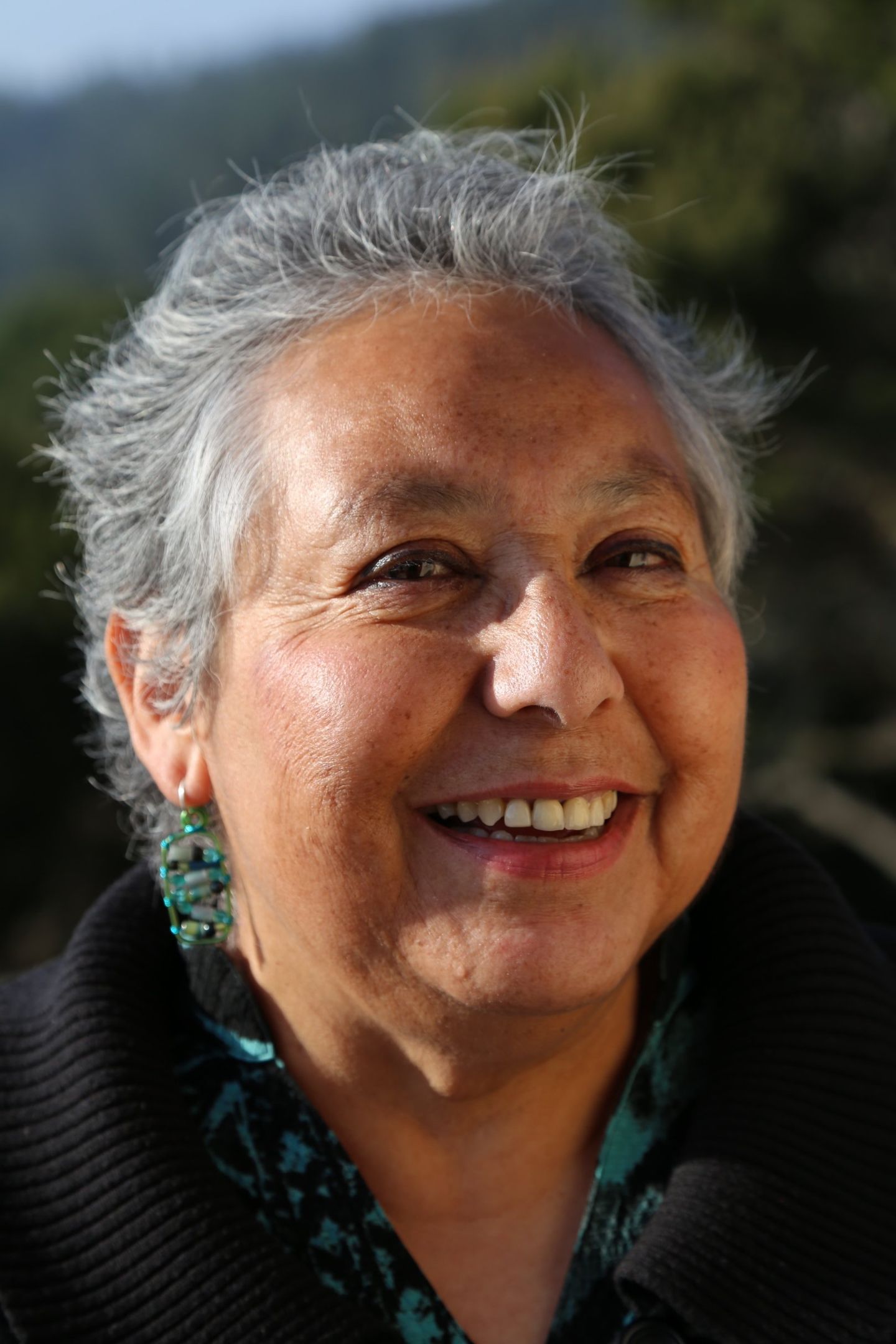
AWARDS
Corporation for Public Broadcasting, 1992, for the “Red Road”
New York Festival, 1992, “The Red Road”
George Wiley Award 1992, Center for Third World Organizing
NAPBC & AIFI, 1981, “Outstanding Individual in Radio’’
Unity Award in Media, 1980, “ Reporting Of Politics”
Cindy, Gold Award, 1980, “Reporting Of Religion”
NAJA “Enduring Freedom”
Badar Lifetine Achievement Award,
Vision Maker Media, Frank Blythe, Lifetine Achievement Award,
Muskoke Nation, Hall of Fame recipient
Peggy's Story
I was born in the capital of the Muscogee Nation and have many relatives back home. My family came to California in 1954 as part of the Indian Relocation policy, one of the many attempts at removing Indians from their lands and ”assimilating” us. It never succeeded in the way the government wanted because the majority of us “relocatees” never gave up our Tribal citizenships, nor our identities as Native people. I was 5 when we came to California and my generation has been given the anthropological name of “First Generation Urban Indians”. We are well into our third generation of urban Indians now. Most of us relocated Indians still refer to “back home” as where our family and tribe lives.
In terms of media ownership I’m in the smallest percentile.
I’ve always veered toward journalism although I originally wanted to be a photournalist offering visual insight in the lives of Indians. In the early 1970’s I worked with a wonderful publication Indigena: News from Indian Country. Under the direction of editor, Marie-Helene LaRaque we covered what was happening to Indians in Brazil, Guatemala, Chile, Ecuador, Paraguay and Uruguay. Indigena was also bi-lingual. The first and perhaps, the news of that time. This was long before the terms “rain-forest” was used to designate the jungles of Brazil. It was a perilous time for Indians and killing Indians in many of those countries was not a crime. Our reporting on Brazil foreshadowed the devastation of the clear cutting of forests, the role of oil extraction, miners and new diseases coming into the Yanomami lands.
It was during this time that I was recruited to work on a Native radio program at KPFA in Berkeley. The program was known as Native American Student’s Hour. It had been languishing since the students had taken their roles as students seriously; the show was in limbo. To this day, I do not know why people suggested me for the program but I said I would give it a try for three weeks. I was so terrified of the microphone I could barely speak above a whisper, my throat was so tightly constricted.
Three weeks grew into five years and I changed the name of the show to Living On Indian Time based on song by Canadian musicians, Kashtin. I found that I could combine my writing skills along with my love of technology and natural ability to talk with people. We brought Indigena on board covered the urban Indian news and views as well.
Living On Indian Time became a staple for both the Native and non-Native communities. Joined later by Michelle LaRaque and Richard Two Elk.Not only did we feature news but interviews with poets like Simon Ortiz, musicians including Floyd Red Crow Westerman. A.Paul Ortega, Willie Dunn, traditional music and Xit, Redbone and of course, Buffy St, Marie.
When I started broadcasting at KPFA in the 19 ‘70’ FM radio was still new and FM radios were expensive and not common in Indian households so people would gather at friends and listen to Living On Indian Time. To catch on events at the Friendship House in Oakland and the SF Indian Center along with news about AIM and Indian fishing rights
Equally important was my desire to combat stereotypes of Indians. I wanted to portray us as we are today, not frozen in time, drunkards, activists or “spiritual beings”. I have to say that 45 years later things haven’t changed a whole lot regardless of the amazing progress we have made.
“I love sharing the voices of Native people, our stories show that we all have so much in common. The wisdom of the elders, the vibrancy of the youth and the promise that we’ll still be here tomorrow. I am always comforted knowing that anytime of the day or night, somewhere in the world there are indigenous people praying for to ensure the survival of all of us.”
I live among the redwoods and along the portion of the California coast that stretches from the northern tip of Sonoma County through Mendocino County. We live among the homelands of the Kashia Pomo and the Bokeya Pomo.To the South are the Coast Miwok.
Making a Difference Since
1973
Peggy's Place
It is the signature program at KGUA. Peggy describes it as a time to meet your neighbors and friends. In the seven years since the show began Peggy has interviewed more than 700 people. Artists, fishers, teachers, scientists, environmentalists, photographers, locals and visitors.
